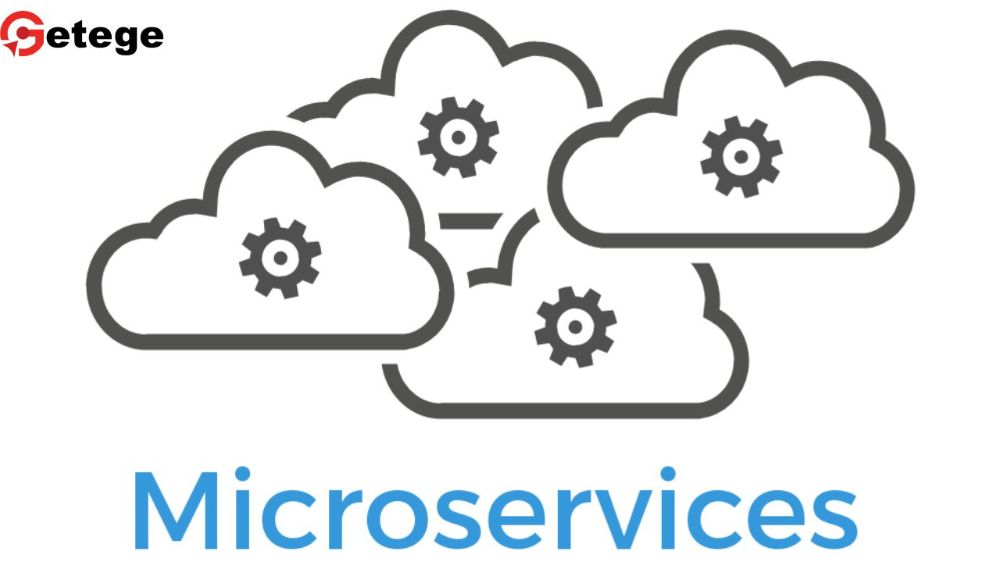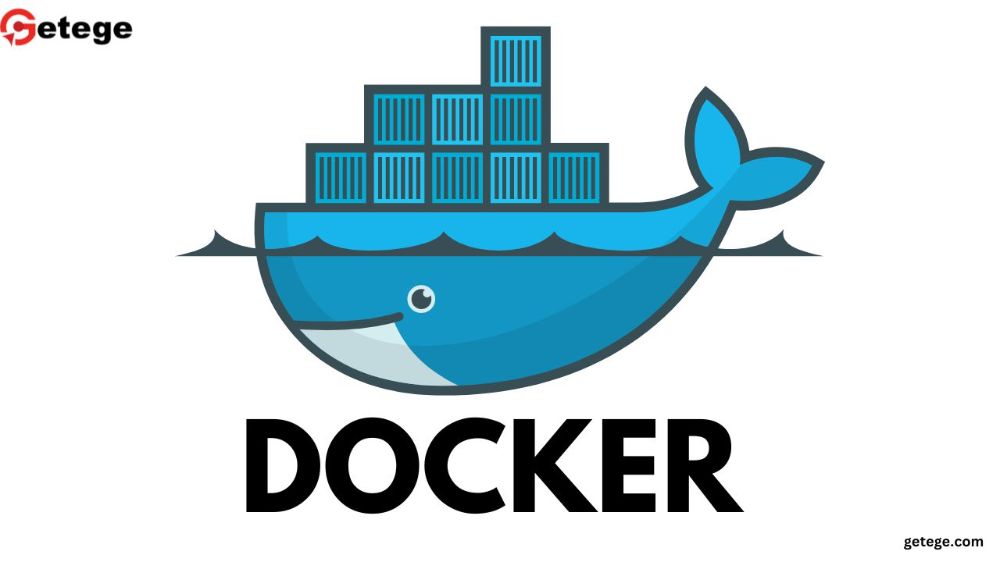Understanding Microservices: A Complete Guide to Modern Application Development
In today’s fast-paced software development environment, organizations need scalable and flexible applications to meet growing demands. Traditional monolithic architectures, where all functions are built into a single, large application, often struggle with issues of agility, scalability, and maintainability. This is where microservices come in as a game-changing approach. Microservices architecture enables the breakdown of large, complex systems into smaller, independent services that can be developed, deployed, and scaled independently. This post will explore the concept of microservices, the advantages they offer, how they work, and best practices for implementing them in modern software systems.
What Are Microservices?
These services communicate with one another through lightweight protocols, such as HTTP/REST or messaging queues, making them highly flexible and scalable.
Unlike monolithic architectures, where all the components of the system are tightly interwoven, microservices allow each function to operate as a self-contained unit, simplifying updates, scaling, and management.
Benefits of Microservices
1. Scalability
One of the standout benefits of microservices is their ability to scale individual services independently. For example, if a service handling payment processing in an e-commerce platform is experiencing heavy traffic, you can scale that specific service without affecting other parts of the application.
2. Agility
With microservices, different teams can work on different services in parallel, allowing for faster development and deployment cycles. This agility also supports DevOps practices and continuous integration/continuous delivery (CI/CD) pipelines, which lead to quicker releases and a faster time-to-market.
3. Resilience
Microservices improve the fault-tolerance of an application. Since the services are loosely coupled, failure in one service doesn’t necessarily bring down the entire application. For instance, if the user authentication service fails, other services such as payment processing or product catalog management can continue to operate.
4. Flexibility in Technology Choices
Teams working with microservices have the freedom to choose the best technology stack for each service. For example, one service might use Python for data processing, while another might use Java for handling payments. This flexibility helps developers optimize performance based on the unique requirements of each service.
How Microservices Work
In a microservices architecture, each service functions independently and focuses on one core task, such as user authentication, order processing, or content delivery. These services often run in containers, such as Docker, and are orchestrated by platforms like Kubernetes.
The services communicate with each other through APIs using HTTP/REST, gRPC, or message brokers like RabbitMQ. Each service has its own database, ensuring that data is decentralized and independent. This allows services to evolve and scale without the risk of tight coupling.
Best Practices for Implementing Microservices
1. Use an API Gateway
An API gateway serves as a single entry point for external requests to access multiple services. It helps manage API requests, handle load balancing, and ensure security. It also simplifies communication between the client and multiple services in the back-end.
2. Decentralized Data Management
Avoid using a single shared database for all microservices. Each service should have its own database, ensuring data independence. This approach avoids bottlenecks and reduces the risk of tight coupling.
3. Service Discovery
Implement service discovery mechanisms to allow microservices to locate each other dynamically. This avoids the need for manual configuration of service endpoints and enhances system flexibility.
4. Monitoring and Logging
Given the distributed nature of microservices, monitoring is essential to track the performance of each service. Use centralized logging and monitoring tools to ensure that you can quickly identify and resolve issues within your system.
5. CI/CD for Microservices
Continuous Integration and Continuous Deployment (CI/CD) practices are crucial for ensuring the smooth and rapid development of microservices. Automated testing and deployment pipelines should be in place to ensure that changes in one service do not negatively impact others.
Use Cases of Microservices
1. E-commerce Platforms
E-commerce platforms often use microservices to handle different business functions, such as product catalog management, order processing, payment gateways, and inventory control.
2. Streaming Platforms
Popular streaming services like Netflix and Spotify utilize microservices to manage their massive user bases. They separate content delivery, user accounts, recommendation engines, and more into individual services, allowing for better scalability and reliability.
3. Financial Services
Banks and financial institutions use microservices to manage a variety of operations, such as payments, user authentication, loan processing, and account management. This modular approach enables quick updates, enhanced security, and regulatory compliance.
Frequently Asked Questions (FAQs)
1. Are microservices suitable for small businesses?
Microservices are generally more complex to set up and maintain than monolithic architectures. For small businesses with simpler requirements, monolithic architectures may be more efficient. However, microservices offer better scalability as the business grows.
2. Can microservices be integrated with legacy systems?
Yes, microservices can work with legacy systems by gradually introducing microservices alongside existing monolithic systems. This approach, called the “strangler pattern,” helps in transitioning from a legacy system to a microservices architecture over time.
3. What challenges do organizations face when adopting microservices?
Challenges include managing the complexity of multiple services, ensuring consistent communication, monitoring performance, and managing data consistency across services.
Conclusion
Microservices architecture offers an innovative approach to building scalable, resilient, and flexible applications. By breaking down a monolithic application into smaller, more manageable services, organizations can enjoy improved performance, faster release cycles, and better fault tolerance. However, adopting microservices requires careful planning, adherence to best practices, and robust monitoring tools to succeed.














